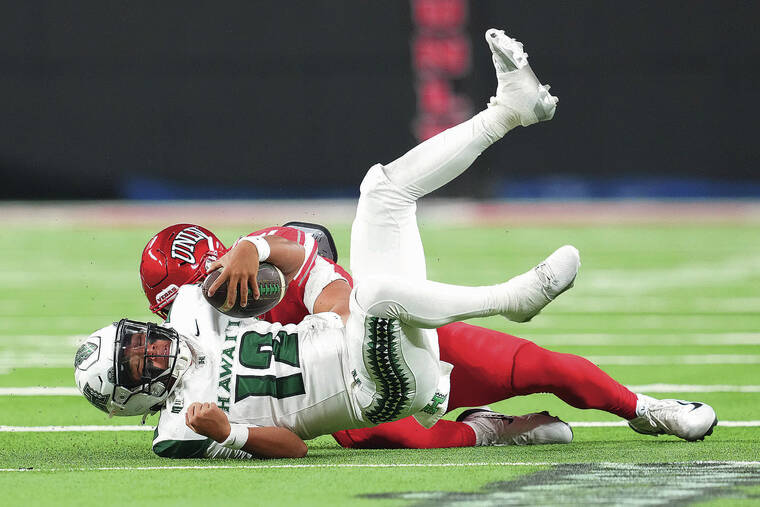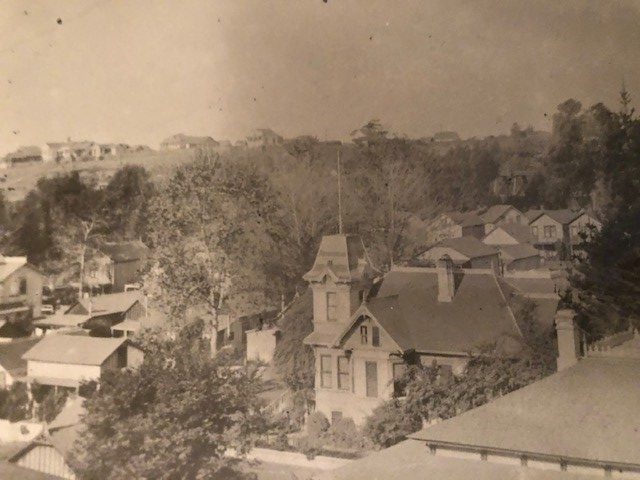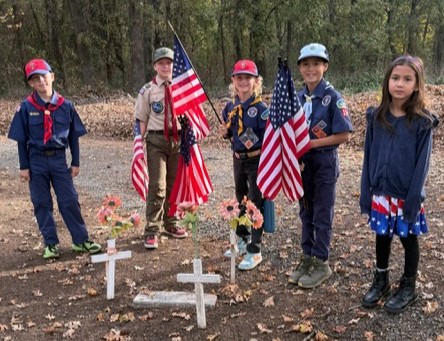The University of Hawaii football team suffered a decisive 38-10 loss against the University of Nevada, Las Vegas (UNLV) on November 24, 2023. This defeat came during a crucial game, highlighting ongoing challenges for Hawaii’s program while reinforcing the significance of its rivalry with UNLV.
Rivalry Implications and Future Prospects
Despite the setback, the long-term relationship between Hawaii and UNLV remains important. While Hawaii fans might be disheartened by the recent score, it is crucial to recognize that UNLV’s presence in the Mountain West Conference benefits both programs. The Rebels, who could have joined a different conference, chose to stay put, creating a competitive landscape that Hawaii can leverage. Their partnership in the Mountain West helps maintain a balanced rivalry, with both teams having split their last eight encounters.
As college football evolves, the dynamics of recruitment and team composition have shifted dramatically. Every player is essentially a free agent, meaning that teams must continuously adapt and innovate. UNLV’s investment in a state-of-the-art facility at Allegiant Stadium provides a competitive edge. The stadium’s capacity of 65,000 dwarfs Hawaii’s Clarence T.C. Ching Complex, which can accommodate only 15,194 fans. This disparity affects recruitment and retention, as players often prefer playing in larger venues.
Game Highlights and Analysis
The recent match showcased the intense competition between the two teams. UNLV capitalized on turnovers, a critical aspect of the game that often determines outcomes. Hawaii’s inability to convert opportunities into points, particularly after recovering a fumble, proved detrimental. Additionally, the Warriors faced significant challenges with dropped passes and excessive penalties, which compounded their struggles.
Kansei Matsuzawa stood out as a reliable player for Hawaii, having successfully converted all 23 of his field goal attempts this season. However, the inconsistency of the team’s performance raises questions about their ability to build on moments of success, such as their midseason victories against conference rivals.
Attendance at the game was notable, with a reported 37,106 fans present, marking UNLV’s largest home crowd of the season. The presence of Hawaii supporters contributed to this figure, emphasizing the passion surrounding the rivalry. As Hawaii prepares for its upcoming games, including a senior night against Wyoming and the potential for a Hawaii Bowl appearance, maintaining fan engagement and support is essential.
Looking ahead, Hawaii has the opportunity to finish the season with a positive record of 9-4, which could aid in attracting and retaining talent. While the challenges posed by UNLV and their advanced facilities are significant, Hawaii’s own venue does offer its advantages, particularly in fostering a close-knit community atmosphere that resonates with players.
As the rivalry continues, both teams will need to navigate their respective challenges while striving for success on the field. The relationship between Hawaii and UNLV is more than just competition; it is a vital component of the Mountain West Conference landscape that shapes the future of college football in the region.







